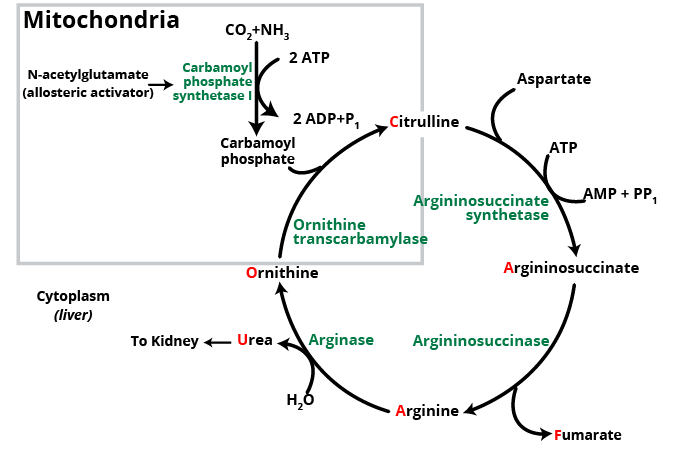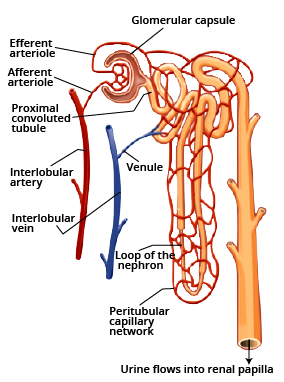CBSE Class 11 Biology Chapter-16 Important Questions - Free PDF Download
FAQs on Important Questions for CBSE Class 11 Biology Chapter 16 - Excretory Products and their Elimination
1. Why should I learn Chapter 16 of Class 11 Biology thoroughly?
Unit 5 is assigned to Chapter 16 of Class 11 Biology and it is very important as it carries a lot of weightage. According to previous year patterns, Unit 5 is worth about 18 marks, or one-fourth of the overall weightage. As a result, special focus should be given to the chapters in this unit. In addition to preparing for the second term test through the NCERT solutions, students may solve prior year question papers, which has several advantages. Students will be able to analyse the kind of questions that will occur in the Class 11 term – II test after extensive practice of this chapter.
2. Do the NCERT Solutions for Chapter 16 of Class 11 Biology provide accurate solutions?
Academic specialists created the NCERT Solutions for Chapter 16 of Class 11 Biology to assist students with their second term test preparation. Every topic is taught in simple terms, allowing students to realise their full potential. Students will be able to answer tough problems with ease if they consult NCERT Solutions. Students can also self-assess their understanding of the Chapter and improve their scores. To assist students to perform well on their exams, the faculty employs a sequential technique of answering questions.
3. What synthesizes most of the excretory compounds in humans and is eliminated through what according to the Chapter 16 of Class 11 Biology?
The majority of excretory compounds in the human body are synthesised by the kidneys. Humans have two kidneys, and each one receives blood from the renal artery. Nitrogenous wastes such as urea, as well as salts and excess water, are removed from the blood by the kidneys and excreted in the form of urine. Refer to Vedantu’s NCERT Solutions and important questions for a detailed analysis of the whole chapter which can be downloaded free of cost from Vedantu’s website (vedantu.com).
4. Which excretory products are added to urine from blood according to Chapter 16 of Class 11 Biology?
Ultrafiltration refers to the technique of filtration of fluids into the cavity of the bowman's capsule. The kidney's primary job is to purify blood plasma, i.e. to remove undesirable nitrogenous waste particles by urine. In contrast to other organs, blood is supplied to the kidney in huge volumes. The blood plasma is filtered through the kidneys to get rid of the nitrogenous wastes that are then removed through the body via urine.
5. What are the main excretory products according to Chapter 16 of Class 11 Biology?
Carbon dioxide and urea are the two most significant wastes created by humanity. The respiratory process generates carbon dioxide, while the breakdown of unneeded proteins in the liver generates urea. The primary excretory product in humans is urea. The process of removing these excretory products varies and they have different organs responsible for their breakdown. Vedantu’s important questions cover all the important concepts under these topics and it is advised that after studying from the NCERT, you refer to them for a detailed and in-depth study.

























